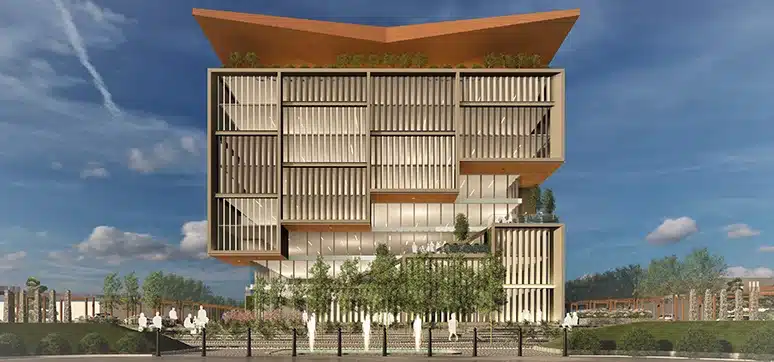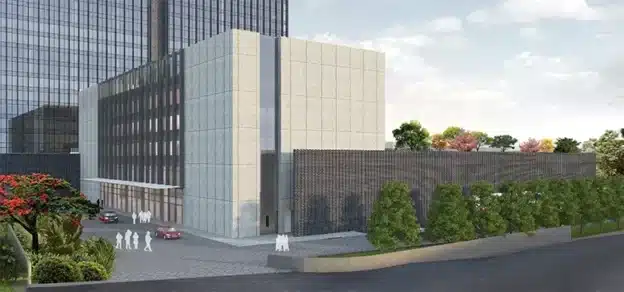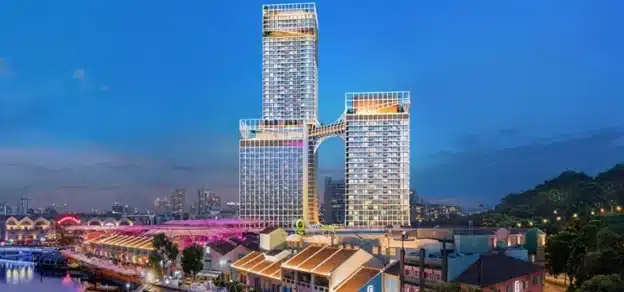The Purposes of Exterior Wall Cladding
Exterior wall cladding helps in a varied number of ways. Firstly, it provides protection to the building from the natural elements, creating a secondary layer that helps prevent moisture infiltration and potential structural damage. Secondly, exterior wall cladding is vital in improving the building’s insulation and energy efficiency. The additional layer on the exterior walls reduces heat transfer, keeping the interiors cooler in hot climates and warmer in cold temperatures. Moreover, exterior wall cladding offers insulation from external noise, making it particularly advantageous for buildings located near busy roads or areas with high levels of noise pollution.
In modern times, high-performance exterior wall cladding serves as a protective barrier against fire. The use of efficient cladding materials, designed to be fire-resistant and with fire-retardant properties, helps contain the spread of flames during a fire emergency, thus enhancing overall fire safety. Lastly, from an architectural standpoint, exterior wall cladding can significantly enhance the aesthetics of a building, contributing to appealing and dynamic façades. With a wide variety of colours, textures, and finishes available, wall cladding materials offer versatility and the ability to shape the overall look and feel of the project.
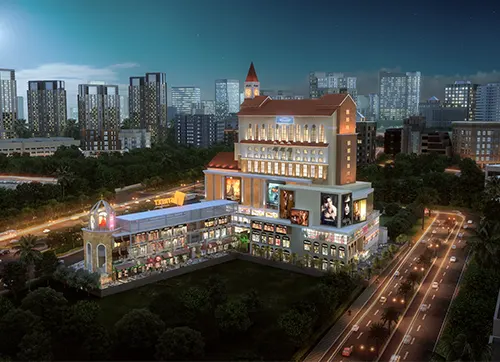
When recommending exterior wall cladding materials, several key factors should be considered:
- Aesthetic appeal: The architectural style of the project should be taken into account to ensure that the cladding material complements the overall design and enhances the visual appeal.
- Durability and Maintenance: The material chosen should be durable and easy to maintain, taking into consideration the specific location and climate of the site.
- Sustainability: Environmental impact is crucial, and materials with a low carbon footprint, recyclability, and energy efficiency should be preferred to contribute to a greener building.
- Budgetary costs and overall value: The cost of the material and its long-term return on investment should be evaluated to ensure it aligns with the project’s budget and objectives.
- Building Codes and Regulations: Verify that the chosen cladding material meets the area’s building codes and regulations, especially regarding fire safety concerns.
- Ease of installation: Consider the ease of installing the cladding materials and the overall weight they will add to the existing structure.
- Sound and thermal insulation: Depending on the building’s location, the cladding material’s properties related to sound and thermal insulation should be taken into account for occupant comfort.
Exterior Cladding for High-Rise and Low-Rise Buildings
In recent times, the design trends for exterior cladding, whether in high-rise buildings or those that are low-rise, have been primarily focused on finding materials that are not only robust but also have a low carbon footprint, emphasising sustainability. Architects are increasingly opting for materials that are easy to maintain, considering the need of the hour.
Among the favoured choices are metal and composite cladding, such as ACP, WPC, and HPL, as well as metals like Zinc and copper. These options are preferred for their versatility in use and the wide range of colours and textures available. Additionally, various other exterior wall cladding systems are gaining popularity, including Stone veneers, Rain screen cladding systems, Terracotta wall cladding, Prefabricated wall panels system, Concrete panels, and GFRC panels. By embracing these innovative materials and systems, architects can create visually stunning façades, while adhering to sustainability principles and practicality in exterior wall cladding design for high-rise and low-rise structures.
Ensuring Fire-Safe and certified Cladding Materials
There are several measures to ensure that the cladding materials and installation are fire-safe:
-
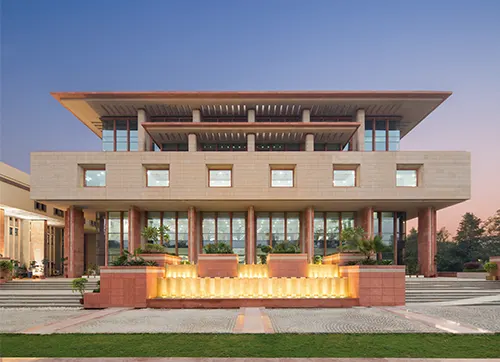
New Courts Complex, Delhi High Court, New Delhi Compliance with the National Building Code (NBC): The NBC of India provides specific guidelines on the base requirements of materials to be used in buildings. Most materials available in the market are certified for building usage. It is essential to check for specific certifications for the chosen product, especially regarding its fire rating. Opt for products that have been tested by third-party laboratories and hold a certificate of competence.
- Bureau of Indian Standards (BIS) Certification: BIS sets standards and provides certification for various building materials, including cladding materials like ACP and HPL. Understanding the difference between fire-resistant and fire-retardant materials is crucial in making an informed choice.
- Choose Low Flammability and Low Toxicity Materials: It is advisable to select cladding materials with low flammability, low smoke emissions, and low toxicity. Stone, metal, or Fiber cement boards are generally considered more fire-safe options.
- In-House R&D by Industry Players: Many major players in the industry operating in India have in-house Research and Development (R&D) facilities. These facilities contribute to improving the quality of materials used in the building component industry, aligning with the strict rules of BIS and NBC standards.
